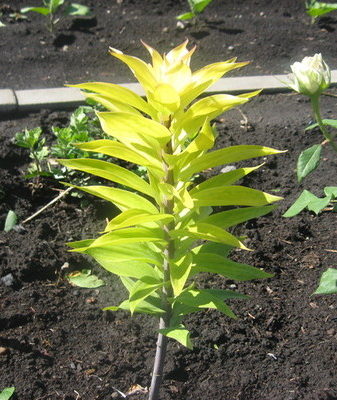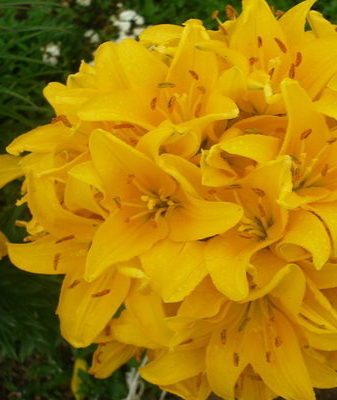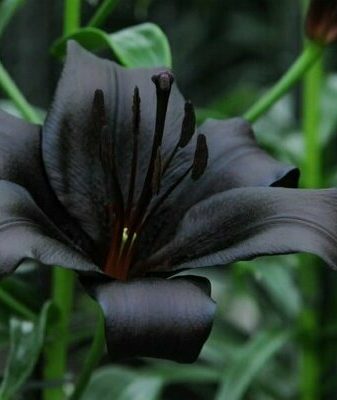Lilies and daylilies: plant similarities and differences
Content:
Lilies and daylilies: how some of the similarities differ
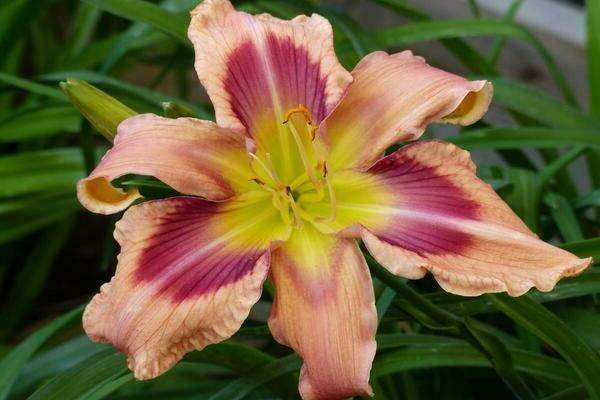
Lilies and Daylilies: Daylily Storm Damage
Many people, even those who grow lilies, think that lilies and daylilies are one and the same flower, but for some reason under a different name. In fact, these are two flowers, but completely different not only in appearance and care, but also in origin. Surprisingly, lilies and daylilies are very easy to distinguish from each other by their leaves, their growth and peduncles. If you have just started growing flowers, then this information will be very useful to you.
These flowers, regardless of very similar names, differ without much difficulty from each other. Often we get confused in things similar to each other, we change from the meaning to each other. So let's deal with lilies and daylilies once and for all!
When choosing a particular flower, or just looking for interesting information, knowledge of the differences between these two stunning plants will come in handy.
So let's start with the lilies. Their homeland is the territory of Europe. They are classified as a type of bulbous plant that has been growing for many years. Lilies belong to the lily family. The plant is a sun lover, so it is worth planting it in areas well-lit by sunlight. It is worth giving preference in the choice of soil to fertile, loose, well-drained lands. Moistening the soil should be carried out regularly and abundantly. The plant is fond of warm temperatures. The flowering process occurs in the middle - end of the summer season, the duration of the flowering process is directly influenced by the variety of lilies. The plant usually grows from thirty to two hundred and fifty centimeters. There are several ways to breed:
- seminal.
- bulbous.
- bulbous scaly.
- with the help of bulbs.
- stem cuttings.
- leaf cuttings.
Let's move on to liliaceae. Their homeland is the territory of the Far East. They belong to the type of rhizome plants that have been growing for many years. Lilies belong to the Xanthorrhea family. The plant is a sun lover, so it is worth planting it in areas well-lit by sunlight. There are no particular preferences in the choice of soil. Soil moistening should be carried out in a timely manner. The plant has a high level of frost resistance. The flowering process occurs at the end of the spring season - the beginning of the autumn season, the duration of the flowering process is directly influenced by the variety of lilies. The plant usually grows from thirty to one hundred centimeters. There are several ways to breed:
- seminal.
- by dividing the bush.
Lilies and daylilies: name differences
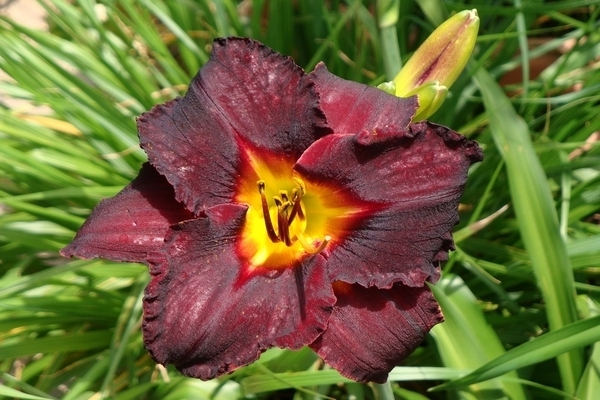
Daylily Black Stokings
Because of the similarity of names, people often confuse lilies and daylilies.
At the moment, there are more than a hundred varieties of bells, more than a thousand varieties of sage, half of which are not edible. Many will now be surprised, but a favorite houseplant like red geranium actually has nothing to do with geranium.
Surely you thought that there is no need to say the original and correct name of the plant, if no one will understand you anyway and will think about a completely different plant.However, it will make you an expert in the eyes of an ignorant or poorly versed person. This will also help you distinguish one plant from another.
Of course, these plants will also fall into your field of vision, and you can easily say where which one and explain how you understood it.
The name of the plant is daylily translated from Greek "hemera" means "day", and "kallos" means "beauty". It is because of this that the plant began to be called among the common people "beauty".
The difference between lilies and daylilies in the roots
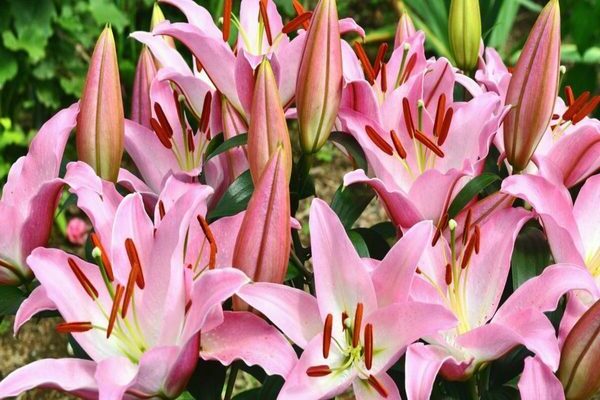
- The lily plant grows from a bulb with a stem at the bottom of the bulb.
- The stem connects to the bulb with the help of a bud.
- Over time, the bulb forms a stem after a year.
- The daylily known as Krasnodnev has a powerful root system.
Differences between lilies and daylilies in breeding methods
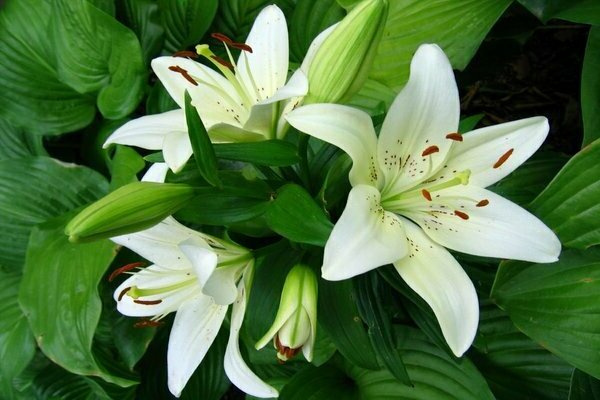
The root system of lilies and daylilies is different due to different breeding methods.
- The most convenient and commonly used breeding method is with bulbs, this applies to lilies. If we talk about daylilies, then the most convenient and frequently used breeding method is by dividing the bush.
- Non-hybrid varieties of lilies occur due to the bulbous scaly method.
- Daylilies grow from powerful and sturdy rhizomes that are pre-divided.
Lilies and daylilies: differences in leaves
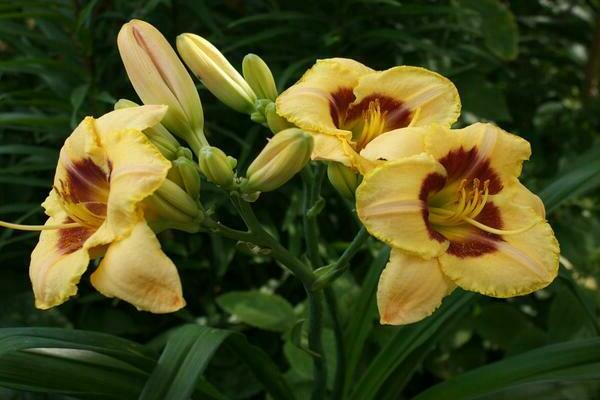
Daylily Custard Candy
- Daylilies have elongated, bulky leaves. They grow assembled directly from the lily root rosette.
- Daylilies usually grow from thirty to one hundred and twenty centimeters.
- The lily bulb forms a single straight stem without any branching, with peduncles forming at the top.
- Leaves grow around the stem in a circular or spiral fashion.
- Lilies usually grow from forty-five to three hundred centimeters.
Differences in colors

All flowers on the daylily have a 24-hour flowering process.
- Flowers are located on weak peduncles or stalks that grow from the bottom of the flower. Peduncles are usually highly branched.
- When looking at a plant from a fairly short distance, you can see six petals, which are placed in a double layer, that is, three petals each. The first layer includes real petals, while the lower one includes only sepals.
- The central part of the plant, known as the pharynx, is often brightly colored. Plus, one plant has six to seven stamens and only one anther.
- Lilies have six petals and six stamens.
- The flowering process lasts seven days, plus two to three days.
- The buds growing from the bottom of the stem open earlier than the upper ones, the upper buds open at the same time.
- Typically, daylilies have a large number of buds that bloom throughout the flowering period. Basically, the flowering process of daylilies lasts about one to two days, in total, the flowering process lasts about one month.
- Usually, lilies bloom during the flowering process for about twenty-one days, on average, each flower lives for about a week or two.
When picking up daylilies with various flowering periods, they will become a decoration of suburban or summer cottages from the end of the spring season to the beginning of the first autumn season.
Lilies and daylilies: how they differ in the ground
- Under no circumstances choose sandy and clayey soils for lilies that do not allow moisture to pass through.
- Do not plant lilies in areas with stagnant water, as they will rot.
- Give preference to fertile land with a good layer of humus, well-drained, previously aerated and moistened land.
- Daylilies have no soil preference.
Differences in hydration
- Lilies prefer moderate moisture levels. Until July and after the end of the flowering process, it is worth increasing watering.
- Daylily has strong roots and does not need regular soil moisture.
- Daylily prefers to grow with a dry crust on the first layer of the earth, and in the depths the soil layer is moist. Use a layer of mulch.
Differences between lilies and daylilies in the levels of frost resistance
- Lily varieties have different levels of frost resistance.
- It is worth using a layer of mulch.
- The daylily does not require a layer of mulch.


